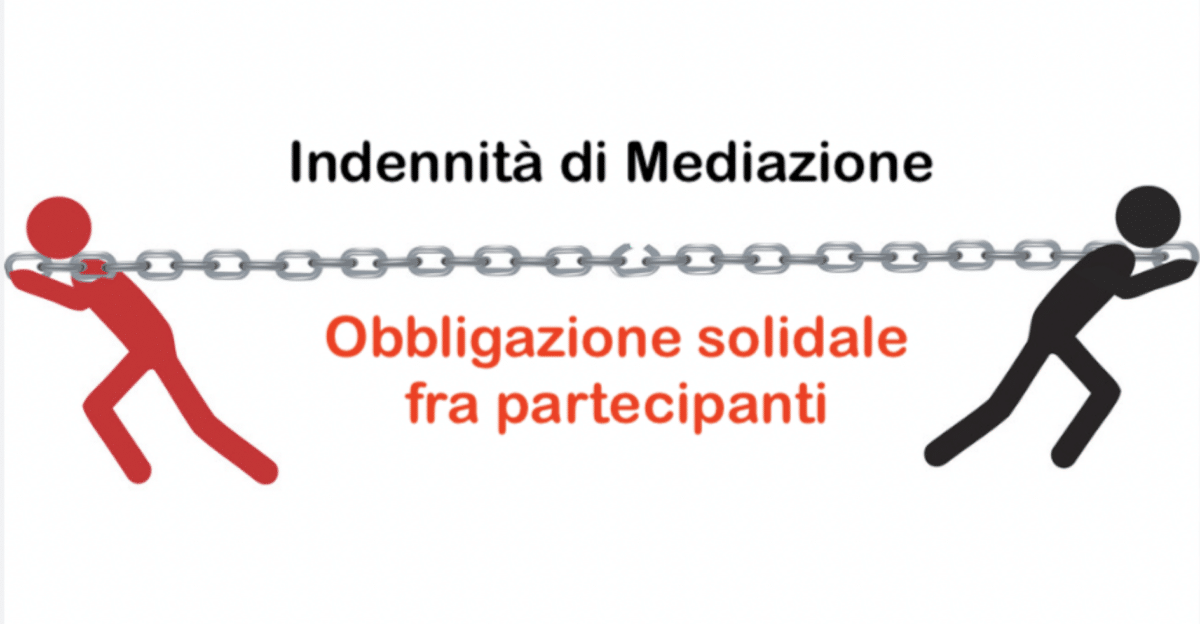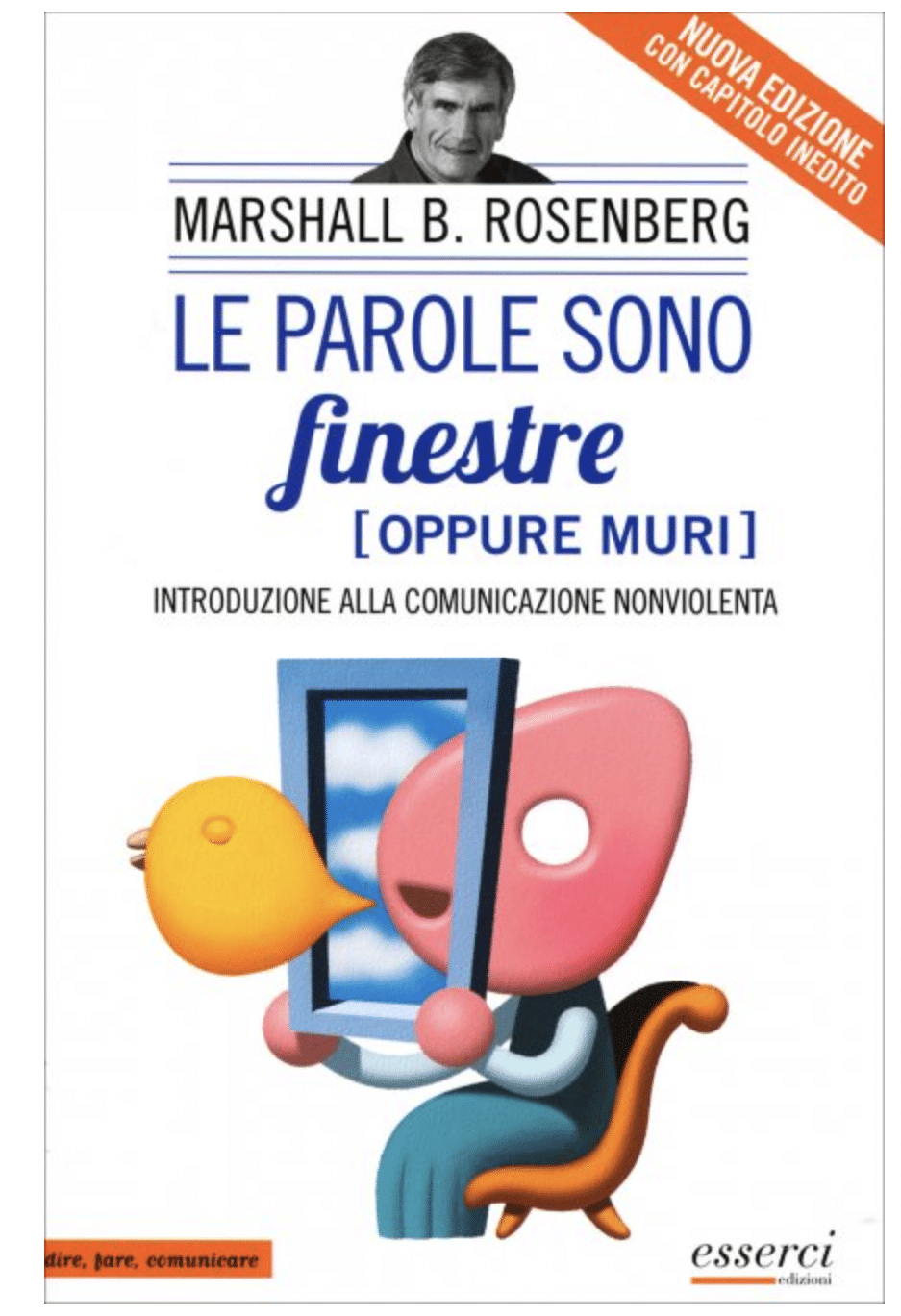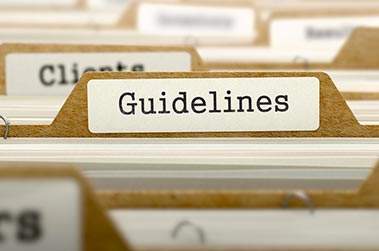Annotazioni utili al successo della Procedura di Mediazione Civile
 Se sei parte istante: l’Organismo cura la comunicazione di avvenuto deposito istanza e convoca entrambe le parti all’incontro di mediazione. Tuttavia, al fine di non incorrere in eventuali termini decadenziali riguardanti lo specifico oggetto della tua domanda ti consigliamo, ove ne ravviserai l’opportunità, di informare la parte chiamata dell’avvenuto deposito al più presto in quanto la tua comunicazione può giungere prima rispetto all’invio da parte dell’Organismo.
Se sei parte istante: l’Organismo cura la comunicazione di avvenuto deposito istanza e convoca entrambe le parti all’incontro di mediazione. Tuttavia, al fine di non incorrere in eventuali termini decadenziali riguardanti lo specifico oggetto della tua domanda ti consigliamo, ove ne ravviserai l’opportunità, di informare la parte chiamata dell’avvenuto deposito al più presto in quanto la tua comunicazione può giungere prima rispetto all’invio da parte dell’Organismo.
Se sei parte chiamata: formalizza tempestivamente la tua adesione. Ci aiuta ad organizzare al meglio l’incontro.
Per entrambe le parti si consiglia di:
1- verificare di aver pagato le spese di avvio a mezzo bonifico ( facilita la tempestiva emissione della fattura e della registrazione dell’incasso), ferma la possibilità alternativa e residuale di regolarizzare in sede in contanti;
2- limitare richiesta di rinvii ai soli casi strettamente necessari per ragioni della parte sostanziale, gravi e documentati, per la miglior predisposizione di mediatore ed altre parti coinvolte. Rinviare un incontro già fissato crea un aggravio di lavoro per il mediatore e la segreteria dell’Organismo. soprattutto sottrae al mediatore tempo in agenda per la trattazione di altre procedure con perdita di remunerazione (puoi immaginare la negatività che un rinvio dell’ultimo minuto possa generare!);
3- prima dell’incontro contattare il mediatore assegnatario della procedura per coordinamento dell’incontro, ad esempio in caso di collegamento telematico, od informazioni riservate relative al caso in trattazione;
4- verificare il corretto conferimento di poteri all’eventuale delegato sostanziale nella procedura e trasmissione all’Organismo della relativa delega;
5- attitudine virtuosa alla mediazione. Ti consigliamo di essere aperto ad una collaborazione con l’altra parte giungendo all’incontro senza aspettative precostituite e con la volontà di esplorare possibili soluzioni fino ad ora non considerate;
6- se sei un amministratore di condominio non indugiare nella convocazione dell’assemblea dei condomini e, se effettivamente hai bisogno di chiedere un rinvio all’Organismo per completare l’iter di convocazione prima di poter formalmente aderire, assicurati di allegare alla richiesta di rinvio la predisposta lettera di convocazione assembleare;
7- tenere a mente che la mediazione è altro rispetto al procedimento giudiziale, regolato dalle regole processuali e del codice di procedura civile.
La mediazione civile è strumento duttile e flessibile non vincolato da strette regole procedurali, ispirato esclusivamente dalla volontà delle parti…. Delle Parti!
Se sei un avvocato preparare la parte a partecipare personalmente ed attivamente. Evita di assumerti inutili responsabilità per conto della parte e soprattutto, non avere timore per la tua strategia giudiziale… avrai tempo di recuperarla successivamente in caso di esito negativo della mediazione, offri al tuo assistito una chance di autodeterminarsi. Potrai offrire al tuo cliente un ottimo e prezioso servizio di assistenza legale in mediazione concentrandoti sulla formulazione delle clausole di accordo: è con un testo di accordo accurato che puoi veramente aiutarlo e dimostrare le tue qualità professionali applicate alla mediazione civile.
8- prevedere di riservare all’incontro un tempo non inferiore ad 1 ora estensibile fino a 2 ore circa.
9- considerare le potenzialità della Consulenza Tecnica di Mediazione (CTM). Nell’ambito della mediazione civile le parti, anche unilateralmente, possono avvalersi di una consulenza tecnica che espleta l’incarico su indicazione dell’Organismo che è soggetto al medesimo vincolo di imparzialità e riservatezza del mediatore. E’ un ottimo strumento per dirimere velocemente questioni tecniche. Considerala e se scegli di avvalertene affidati al consulente ed alla sua perizia, lavora per te, non dubitare del suo operato.
10-considerare le potenzialità della Proposta del Mediatore. E’ possibile chiedere al mediatore di formulare una proposta di conciliazione. E’ una extrema ratio nel caso le parti ritengano sia opportuna una sintesi da parte del mediatore su quanto illustrato ed emerso in sede di mediazione, ma non dimenticare che l’opportunità che la mediazione offre alle parti è quella di essere parti attive nel processo decisionale. Quanto andrà a proporre il mediatore potrebbe discostarsi dalla visione delle parti. La proposta può essere, accettata, rifiutata oppure utile a riaprire dei ragionamenti che conducano ad una conciliazione ed un accordo anche diverso dalla proposta stessa.
Articoli correlati:
Le Virtù del Bravo Mediatore Civile








 Veniva introdotta una mediazione congiunta per la definizione di una divisione di comunione ereditaria fra due sorelle.Ho pensato: “E’ congiunta, vorranno ratificare qualcosa che hanno già in mente”Ed in effetti la mediazione così si è presentata al primo incontro, molta collaborazione fra le sorelle. Hanno nominato un consulente di comune fiducia e dato indicazione su quanto ottimale per ciascuna.Ebbene il ritorno in incontro, a relazione eseguita, un disastro: la divisione prospettata lasciava entrambe insoddisfatte per varie ragioni. Arrabbiate le sorelle danno cenno di irrigidimento, ma con un pò di fantasia del mediatore e la buona volontà del tecnico si intravede la possibilità di sistemare la divisione materiale del bene nella direzione che entrambe le parti desiderano.Nuovo incontro nuovo progetto, le ritrovo più furibonde di prima. Il nuovo muro di separazione delle due porzioni cadeva per 20cm di differenza sul portone d’ingresso di una delle due porzioni impedendone la funzionalità. Apriti cielo, dopo aver rinunciato alla perfetta divisione in uguali metri quadri per parte, quella già penalizzata non intendeva per nessun motivo al mondo cedere ulteriori 20 cm. Non avevano prezzo. L’unica prospettiva per lei era ridisegnare quella linea ponendola in obliquo… un orrore per chi voleva guadagnare i 20 cm, ma non avere pareti oblique.Per fortuna in geometria esistono le linee spezzate. Nel primo tratto 20 cm in più ad una sorella, nel secondo tratto 20 cm in più all’altra. Banale? Tutt’altro che banale, la rabbia offusca le menti, ci vuole il giusto tempo, ma questa volta il rapporto di sorellanza riappacificato è ben valso 20 cm.
Veniva introdotta una mediazione congiunta per la definizione di una divisione di comunione ereditaria fra due sorelle.Ho pensato: “E’ congiunta, vorranno ratificare qualcosa che hanno già in mente”Ed in effetti la mediazione così si è presentata al primo incontro, molta collaborazione fra le sorelle. Hanno nominato un consulente di comune fiducia e dato indicazione su quanto ottimale per ciascuna.Ebbene il ritorno in incontro, a relazione eseguita, un disastro: la divisione prospettata lasciava entrambe insoddisfatte per varie ragioni. Arrabbiate le sorelle danno cenno di irrigidimento, ma con un pò di fantasia del mediatore e la buona volontà del tecnico si intravede la possibilità di sistemare la divisione materiale del bene nella direzione che entrambe le parti desiderano.Nuovo incontro nuovo progetto, le ritrovo più furibonde di prima. Il nuovo muro di separazione delle due porzioni cadeva per 20cm di differenza sul portone d’ingresso di una delle due porzioni impedendone la funzionalità. Apriti cielo, dopo aver rinunciato alla perfetta divisione in uguali metri quadri per parte, quella già penalizzata non intendeva per nessun motivo al mondo cedere ulteriori 20 cm. Non avevano prezzo. L’unica prospettiva per lei era ridisegnare quella linea ponendola in obliquo… un orrore per chi voleva guadagnare i 20 cm, ma non avere pareti oblique.Per fortuna in geometria esistono le linee spezzate. Nel primo tratto 20 cm in più ad una sorella, nel secondo tratto 20 cm in più all’altra. Banale? Tutt’altro che banale, la rabbia offusca le menti, ci vuole il giusto tempo, ma questa volta il rapporto di sorellanza riappacificato è ben valso 20 cm. 
 Nei contratti standard con clientela diffusa la riservatezza riveste una particolare importanza per preservare una immagine professionale o aziendale di solidità, affidabilità e credibilità.
Nei contratti standard con clientela diffusa la riservatezza riveste una particolare importanza per preservare una immagine professionale o aziendale di solidità, affidabilità e credibilità.
 Se sei parte istante: l’Organismo cura la comunicazione di avvenuto deposito istanza e convoca entrambe le parti all’incontro di mediazione. Tuttavia, al fine di non incorrere in eventuali termini decadenziali riguardanti lo specifico oggetto della tua domanda ti consigliamo, ove ne ravviserai l’opportunità, di informare la parte chiamata dell’avvenuto deposito al più presto in quanto la tua comunicazione può giungere prima rispetto all’invio da parte dell’Organismo.
Se sei parte istante: l’Organismo cura la comunicazione di avvenuto deposito istanza e convoca entrambe le parti all’incontro di mediazione. Tuttavia, al fine di non incorrere in eventuali termini decadenziali riguardanti lo specifico oggetto della tua domanda ti consigliamo, ove ne ravviserai l’opportunità, di informare la parte chiamata dell’avvenuto deposito al più presto in quanto la tua comunicazione può giungere prima rispetto all’invio da parte dell’Organismo.
